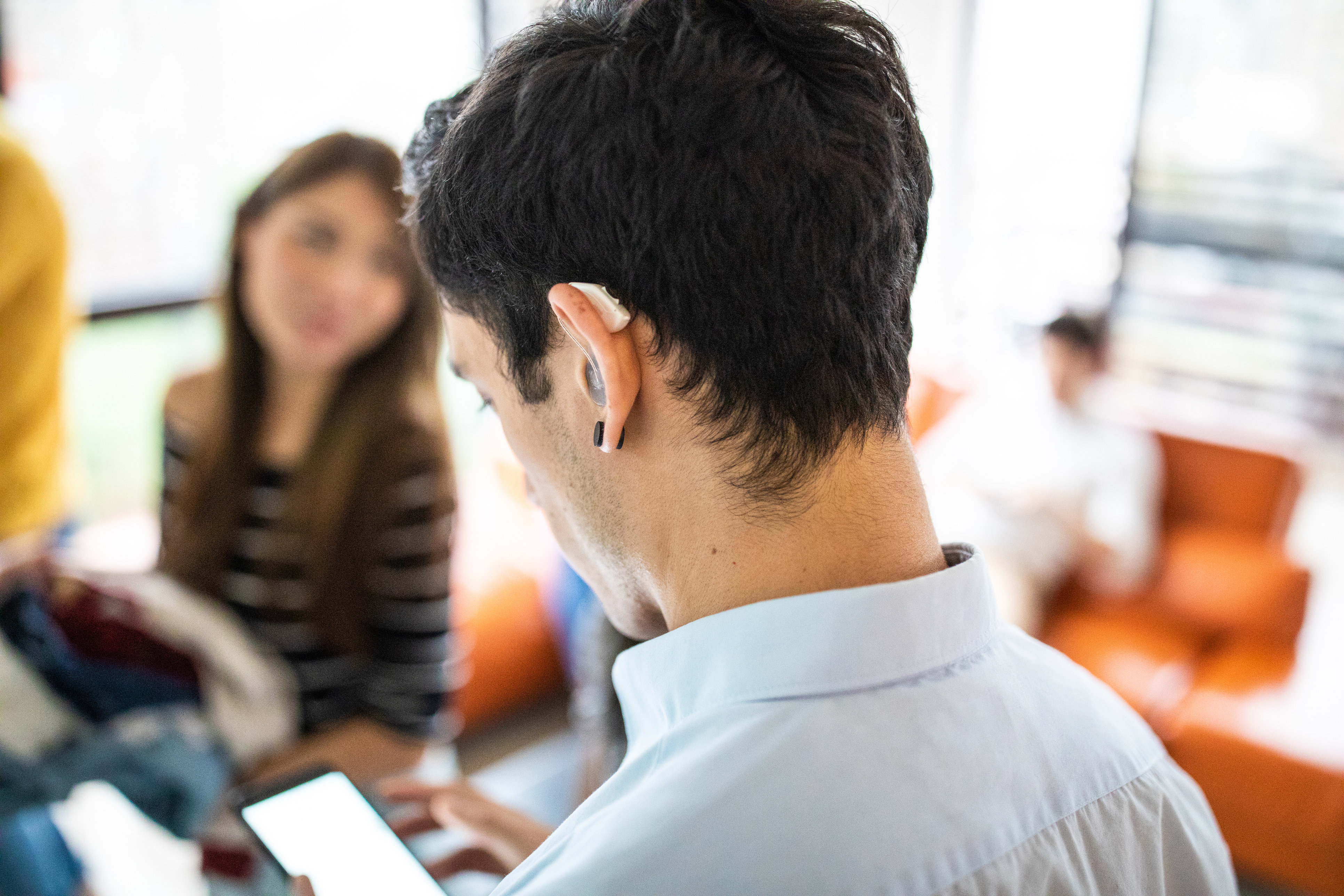During the past three years, we have discussed the importance of speech intelligibility in hybrid meetings and classroom environments. But there's an area that we talk about less often: individuals with hearing loss.
In our lifetime, the need for eyeglasses hasn't been questioned, and healthcare insurance often covers a percentage of the cost. As anyone over the age of 40 knows well, sight begins to become compromised, and an inexpensive pair of "readers" will do the trick. However, there is a stigma regarding the need for hearing aids. This hasn't been helped by the fact that most healthcare plans don't cover the cost of prescription hearing aids which can run between $1,000 and $4,000 for each device. If hearing loss is in both ears, a patient is looking at an out-of-pocket cost of between $2,000 and $8,000.
Now Hear This
On October 17, 2022, The White House posted the following:
To lower the price of hearing aids and expand access, President Biden's Executive Order on Promoting Competition in the American Economy called on the Food and Drug Administration (FDA) to make hearing aids available over the counter, without a prescription. That is now reality. Starting today, hearing aids are now on store shelves across the country—for thousands of dollars less than they previously cost.
Specifically, today, under a final rule issued by the FDA, adults with mild-to-moderate hearing loss can buy hearing aids at a store or online without a prescription, exam, or audiologist fitting. FDA estimates this could lower average costs by as much as $3,000 per pair—providing significant breathing room for the nearly 30 million Americans with hearing loss, including nearly 10 million adults under age 60.
Audiovisual Industry Duty
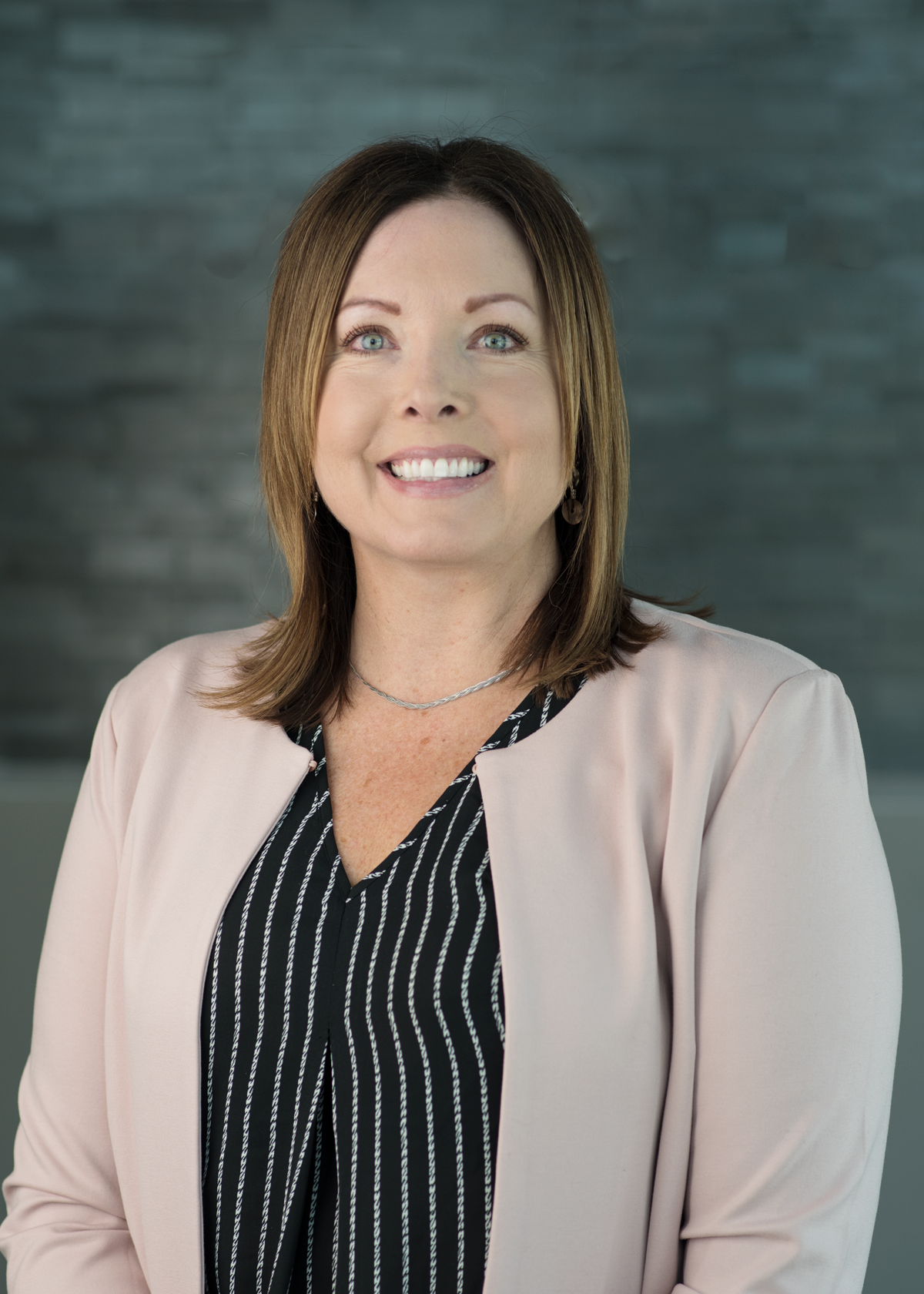
As representatives of the audiovisual industry, we need to be aware of how to prevent environmental hearing loss and understand the solutions available to aid intelligibility and pass along that wisdom. Some of us already suffer hearing loss from attending loud concerts or other reasons, and many come from a time in the music industry when there was little awareness about protecting your ears.
"The availability of hearing aids over the counter (OTC) is a tremendous leap forward in terms of affordability and access for those with hearing loss," said Kim Franklin, vice president of Global Marketing at Listen Technologies. Hearing loss is common and not always associated with advanced age. "It is becoming more prevalent in young people at an alarming rate due to earbuds and headphones," she added.
Over-the-counter hearing aids are available from various brands, including those we know from our industry. "Anyone looking to purchase hearing aids should consult an audiologist or technician to ensure they are getting the best fit, the hearing aids are tuned to their unique hearing needs, and they understand how to use them properly," Franklin added.
Hearing Aids and Assistive Listening Systems
Hearing aids are ideal for personal conversations and audio amplification in quiet environments and where sound is within close proximity. "Assistive listening systems work in conjunction with hearing aids to amplify the sounds that are broadcast through a PA or sound system," Franklin said. "Assistive listening technology facilitates better audio by amplifying the broadcast sound (not ambient sound) directly to the user's hearing aid, delivering a better listening experience."
Assistive listening systems can help everyone, whether they wear hearing aids, have chronic hearing loss, or occasionally find it challenging to hear. "Assistive listening systems are legally required in public spaces where audio is integral to the use of the space (examples include movie theaters, stadiums, and performing arts centers)," Franklin said. "If you have hearing loss or are in an environment where it is difficult to hear clearly, assistive technology exists to help. Know your rights and ask for assistive listening."
Because they are for personal use, hearing aids are not classified as assistive listening systems. "The Americans with Disabilities Act (ADA) requires assistive listening in public spaces, which means, by law, venues are still required to provide assistive listening," Franklin said. "We are seeing an increase in large and small companies hiring staff to manage diversity, equity, and inclusion (DEI) initiatives, which is a move in the right direction ̶ we are seeing a shift towards greater accessibility, including assistive listening."
Pass Along the Wisdom
"Hearing loss is permanent. It's essential to monitor the noise levels around us and take precautions to protect our hearing and the hearing of our children and loved ones. Remind everyone you love to check the headphone audio levels in their smartphone settings and to wear hearing protection at concerts and anywhere noise levels exceed 85 decibels as recommended by the CDC.
Hearing loss is nothing to be ashamed of, so please don't dismiss it or try to hide it. Get your hearing checked and learn how to protect your hearing. Take advantage of today's technology and tools to continue engaging and enjoying life," Franklin concluded.
Not Your Grandmother's Hearing Aids
In anticipation of the October 2022 ruling for the FDA to make hearing aids available over the counter and without a prescription, some AV industry audio companies turned their expertise to offer hearing aids.
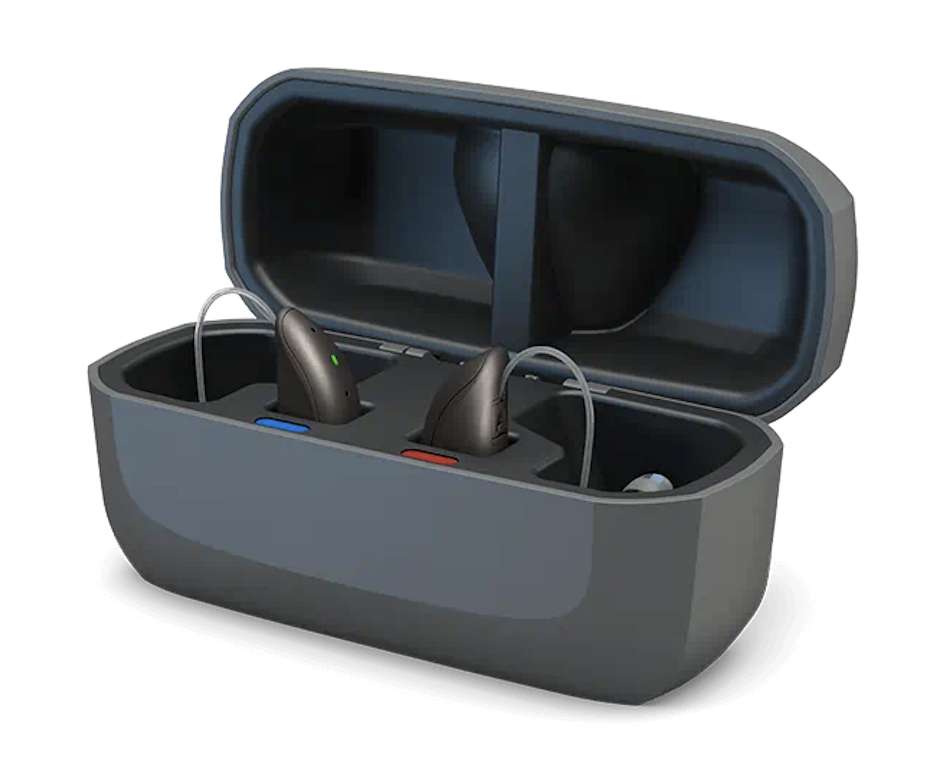
Jabra's Enhance Pro 10 is built to help you catch more of the conversation, no matter where it's happening. It enables you to hear speech in loud locations by delivering a 150 percent improvement in speech understanding. It provides better all-direction clarity and sound localization, so you can stay up to speed with everything around you. The Enhance Pro 10 adaptable hearing solution helps suit your surroundings and provides power for all-day use on one charge.
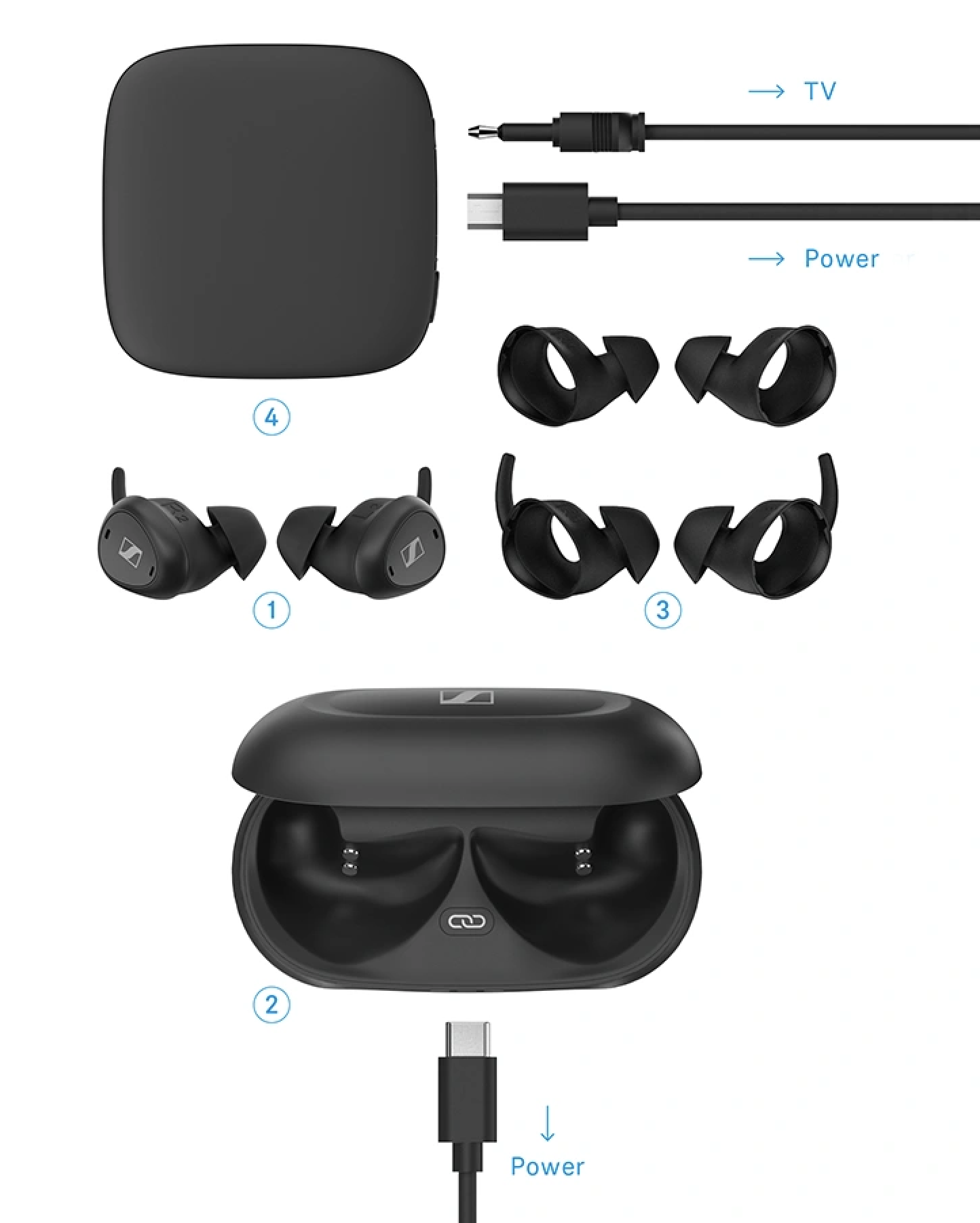
Sennheiser's Speech Clarity technology makes it easy to understand what people are saying on TV. Speech Clarity boosts higher frequencies when you use TV Clear, making language much easier to understand. Choose from five Speech Clarity settings to personalize the amount of boost according to your preferences. Connect the TV Clear earbuds to your TV with the transmitter or directly via Bluetooth to smart devices such as tablets, phones, or laptops. The transmitter uses your TV's audio output jack (optical or analog) and ensures a high-quality experience with audio and video in sync. Once the earbuds are paired with a phone, you can also use them to make hands-free calls.
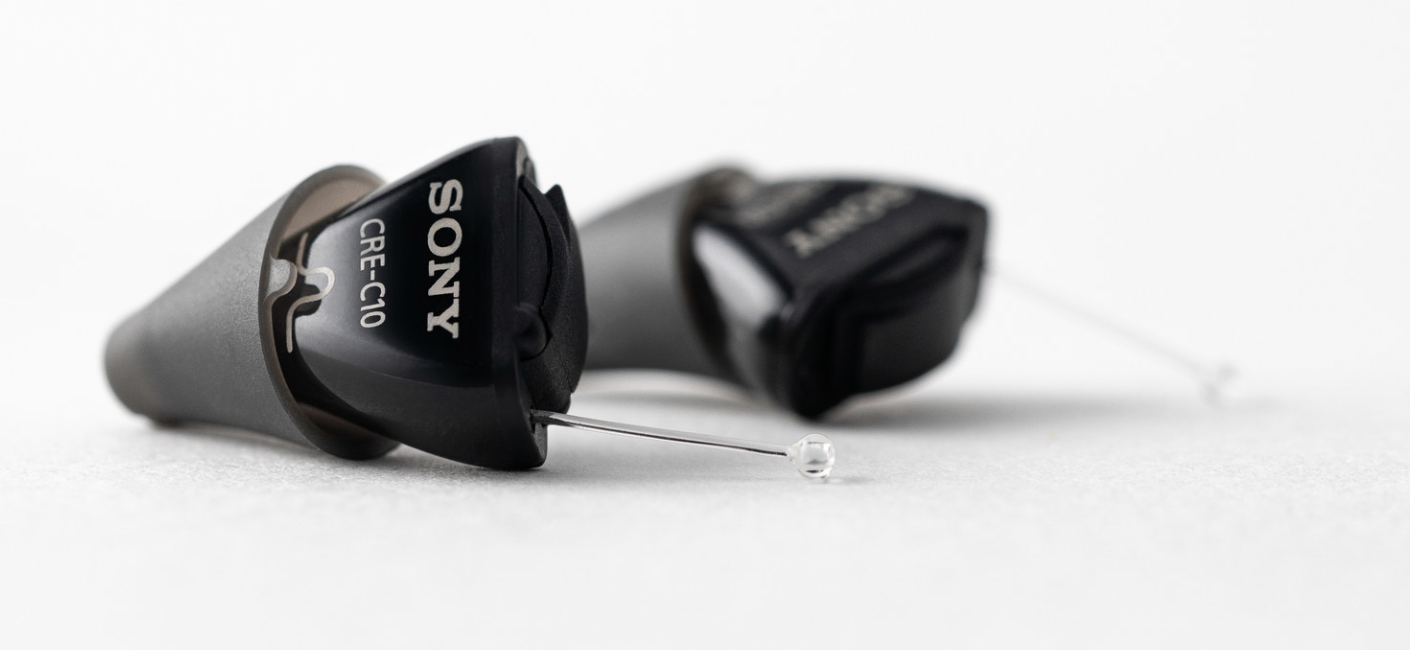
Sony is re-imagining the hearing device space focusing on innovation, accessibility, and personalization. Sony is working in partnership with WS Audiology ("WSA"), a leading innovator in hearing aid technology for more than 100 years. The first two products to debut from the partnership are the CRE-C10 and the CRE-E10 self-fitting OTC hearing aids, designed with the understanding that one size does not fit all and that people deserve options that best fit their unique needs, situations, and lives. Utilizing the app, the CRE-C10 and CRE-E10 intuitively adapt to each user's speech and surroundings, blending the latest technology with comfort to meet each individual's hearing goals.
